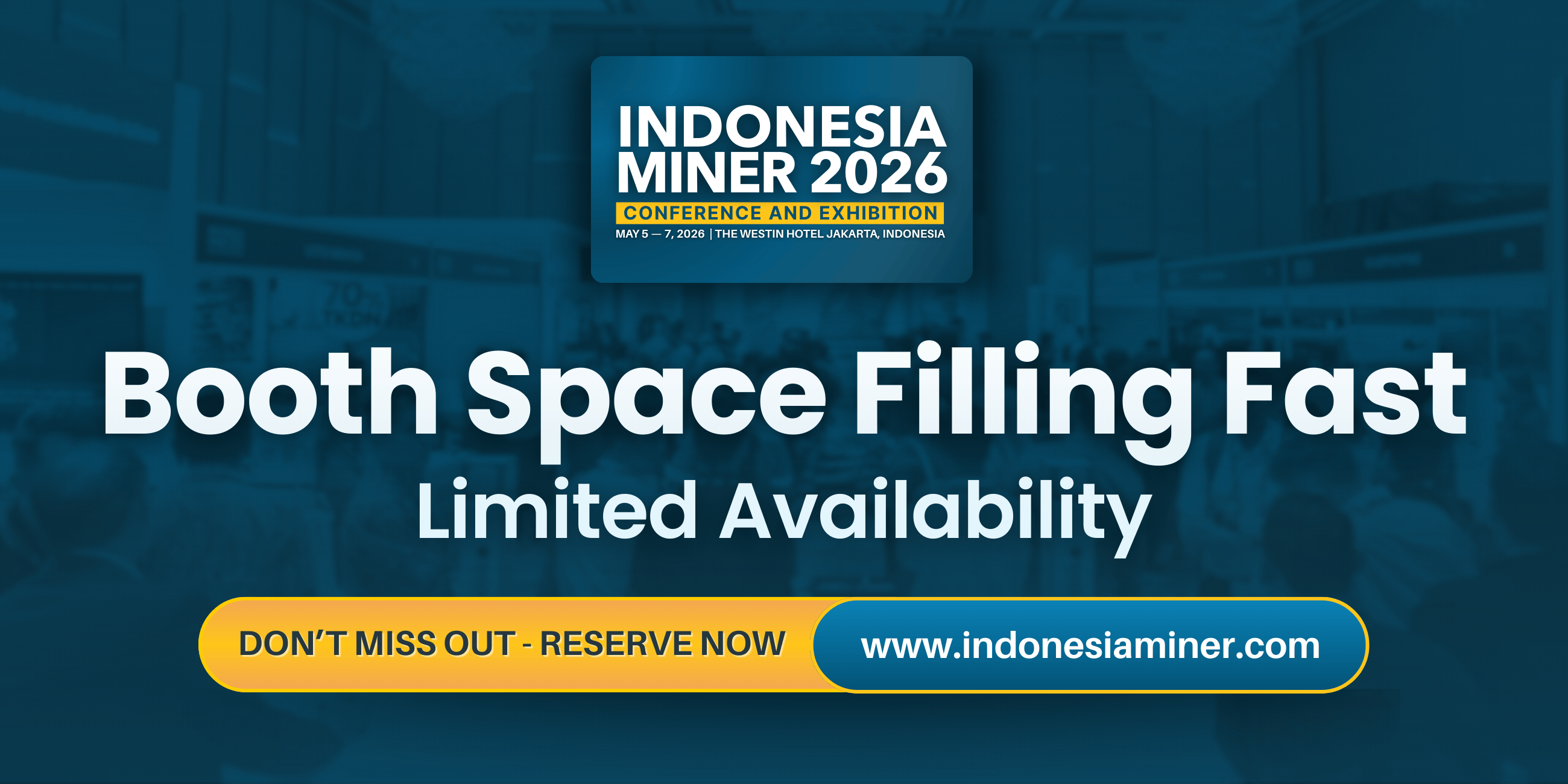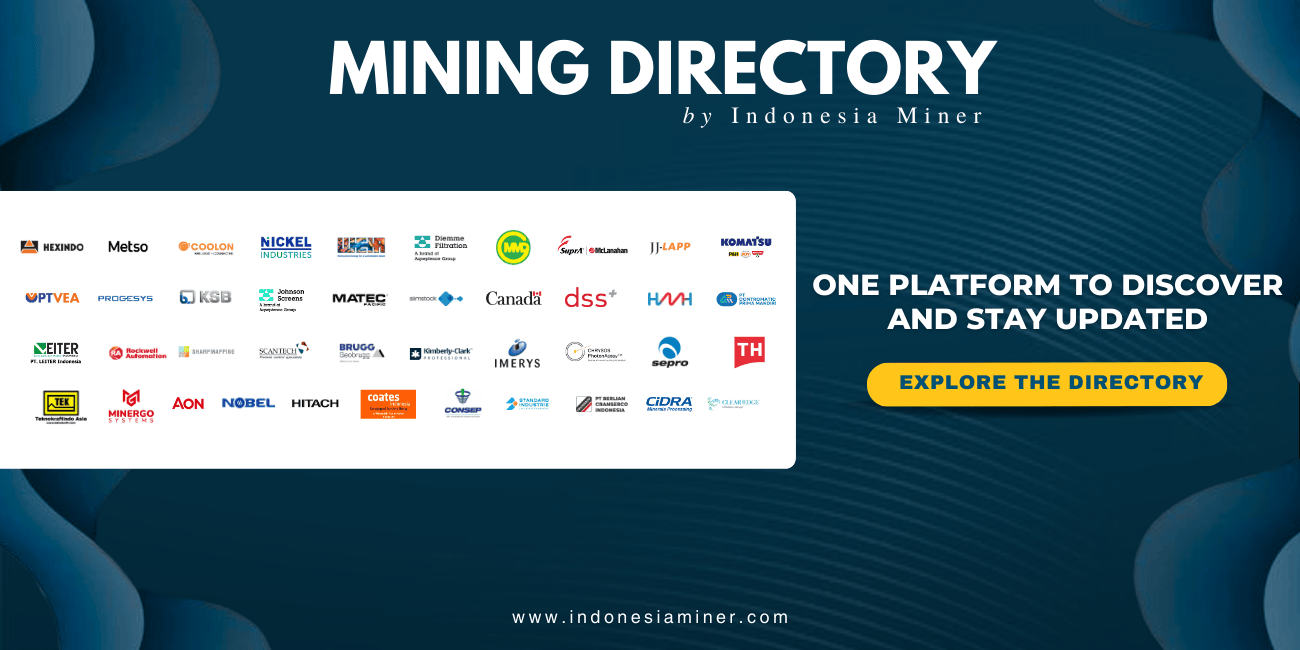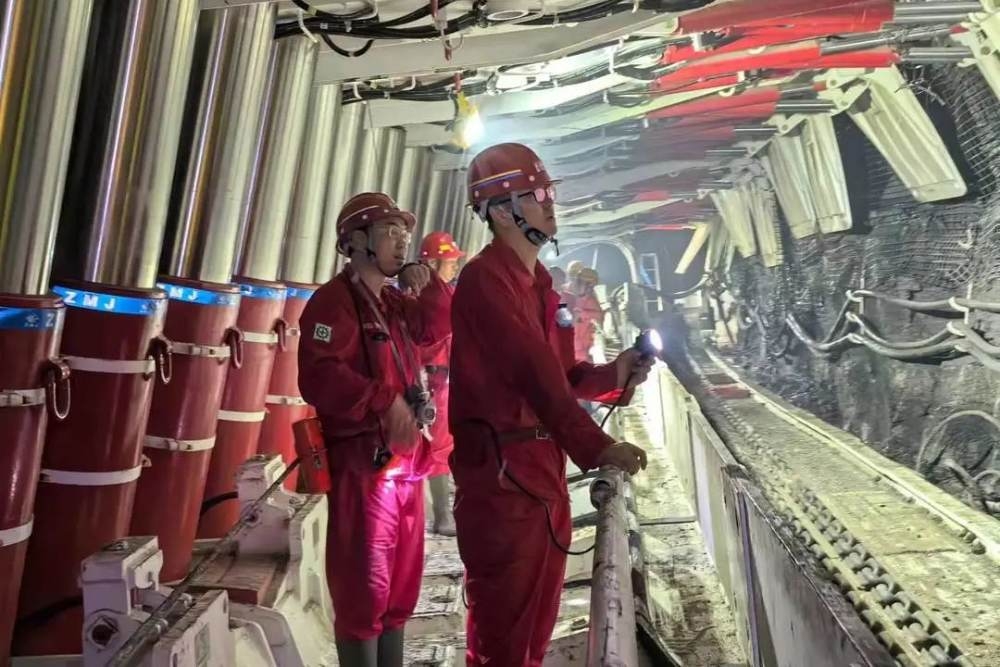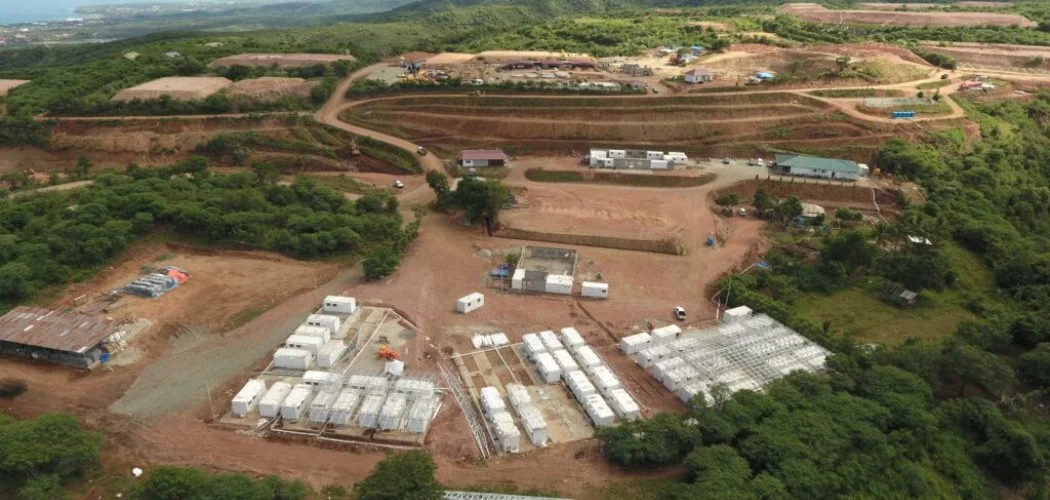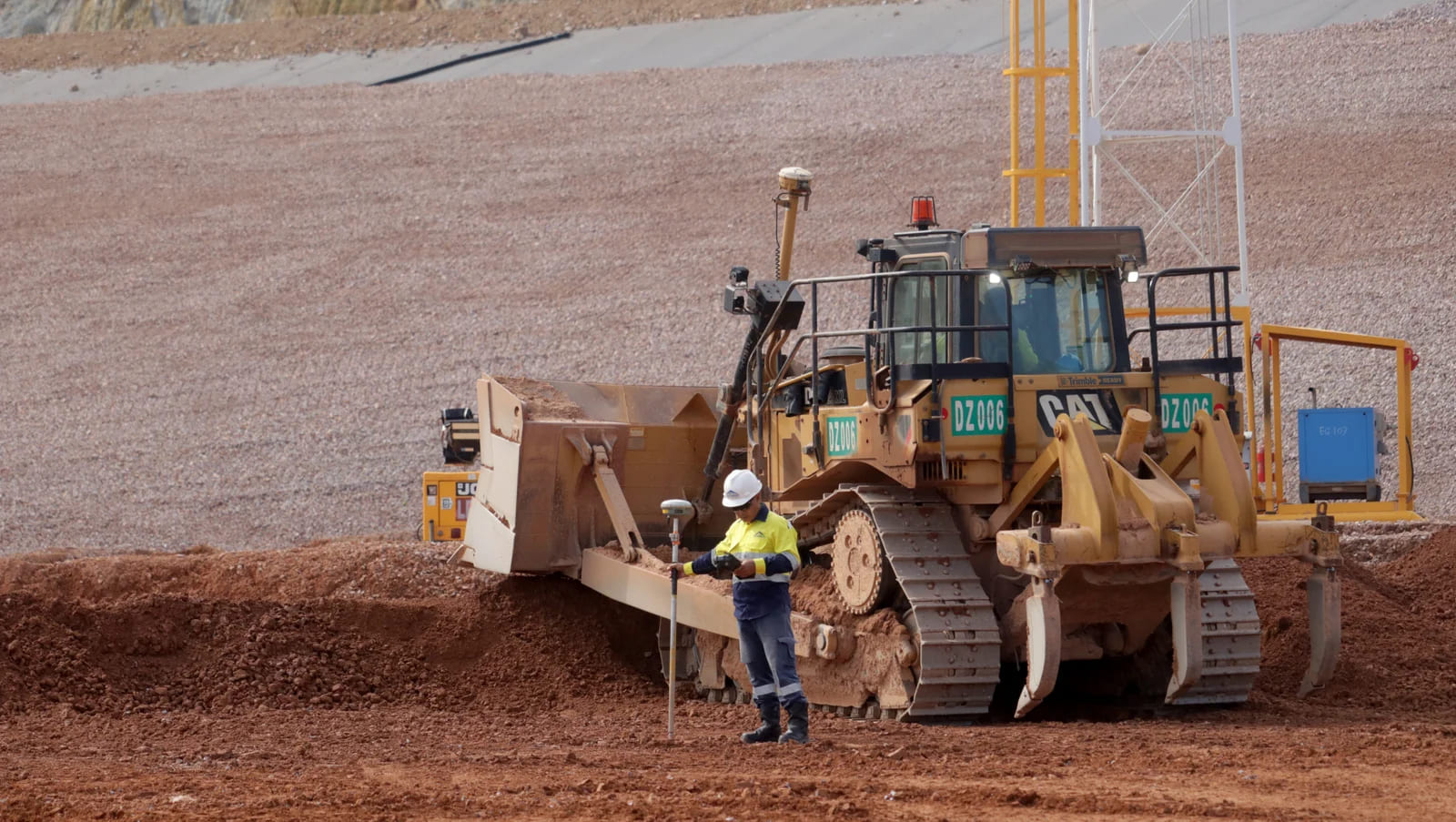Baru Gold Continues Exploration of 23 New Structural Study Targets at Rome and Canberra East and Samples Up To 72.0 g/t Gold and 97.0 g/t Silver Over 0.15 Meters at Rome Target
Wed 09 Mar 2022, 14:00 PM
Share
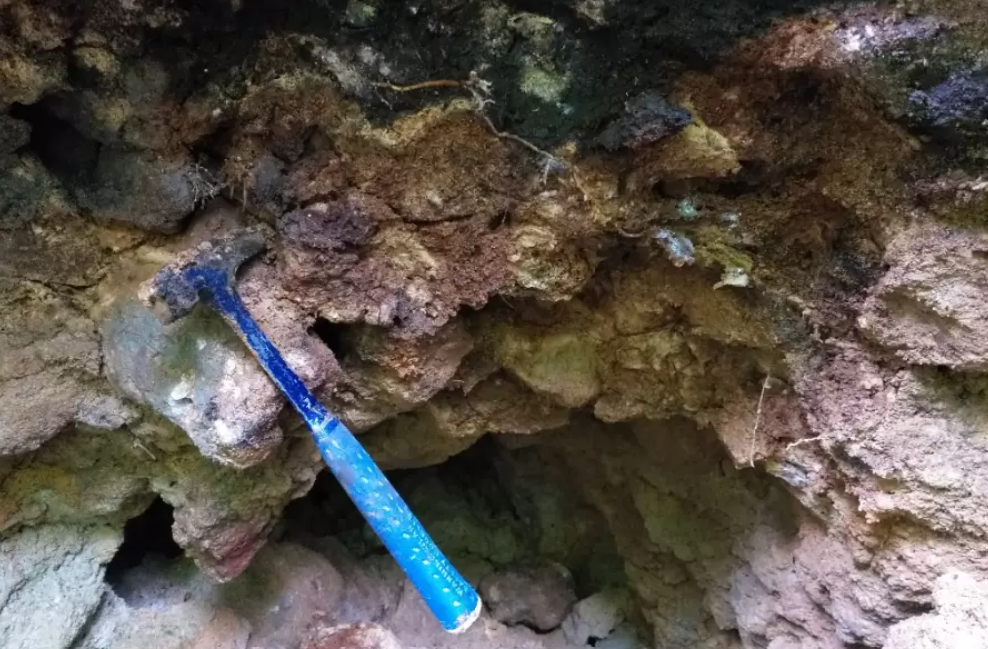
Baru Gold Corp (TSXV:BARU) | (OTC:BARUF) (the “Company” or “Baru”) is pleased to announce that the continuing field analysis of the 23 new exploration targets identified in the structural study has provided promising results.
Initial Field Analysis continued with mapping and sampling of artisanal workings and outcrops found within the Priority 1 Rome Target area. The analysis then progressed to mapping and sampling beyond the eastern boundary of the Priority 1 Canberra Target, which has been named Canberra East.
Assay results of the samples taken from the Rome Target returned an average grade of 42.18g/t gold and 48.42g/t silver. The Rome Target contains samples obtained from strongly oxidised 0.15m and 0.2m wide quartz veins in tuffaceous andesite returning assays ranging from 41.9g/t – 72.0g/t for gold and 5.30g/t – 97.0g/t for silver.
At the Rome Target, the 72.0g/t gold assay was obtained from a tuffaceous andesite containing a 0.15m wide strongly oxidised quartz vein which is shown in Figure1.
Assay results from the samples taken from within the Canberra East Target returned an average grade of 2.42g/t gold and 5.27g/t silver. The Canberra East samples were obtained from strongly oxidised silica, alunite, pyrite breccia and from strongly oxidised silica clay altered tuffaceous rocks returning assays ranging from 0.31g/t – 5.88g/t for gold and 0.80g/t – 20.70g/t for silver.
These initial sample results from the Priority 1 Rome Target and the Canberra East areas have provided some further ground truthing of the 23 New Exploration Targets defined by the structural study conducted by Murphy Geological Services.
Mr. Frank Rocca, Chief Geologist of Baru, commented, “These are exciting times for the exploration team as we expand our knowledge of the CoW beyond the known Binebase-Bawone deposits and locate these outcrops which could develop into additional ore resources. I look forward to reporting the results of further Field Analysis by the exploration team in due course.”
Drilling Progress Update
Baru announced a 25,000-meter drilling program to test various targets identified in the Sangihe 2010 National Instrument 43-101 report which identified 835,000 ounces of gold as an inferred resource between Binebase and Bawane villages over 1.2 kilometers. To date the Company has prepared 27 drill pads.
The drill rig arrived on the island on December 20, 2021 and preparations were made to commence drilling immediately. However, due to logistical problems encountered enroute to the site, the drill rig was returned to the drilling contractor. Currently, all but one final component of the drill rig is on-site which will be delivered as soon as suitable transportation is secured.
The Company has met all the requirements of the Indonesian government and has been granted its environmental permit and the upgrade of its licence to advance the Sangihe project to construction and production in 2022. All permits for transportation of the final drill rig component have been secured and the Company is ready to start drilling immediately upon delivery of the final component.
ABOUT SANGIHE GOLD PROJECT
The Sangihe Gold Project (“Sangihe”) is located on the Indonesian island of Sangihe, off the northern coast of Sulawesi. Sangihe has an existing National Instrument 43-101 inferred mineral resource of 114,700 indicated and 105,000 inferred ounces of gold, as reported in the Company's "Independent Technical Report on the Mineral Resource Estimates of the Binebase and Bawone Deposits, Sangihe Project, North Sulawesi, Indonesia" (May 30, 2017). Readers are cautioned that mineral resources that are not mineral reserves do not have demonstrated economic viability. The Company intends to proceed to production without the benefit of first establishing mineral reserves supported by a feasibility study.
The Company's 70-percent interest in the Sangihe-mineral-tenement Contract of Work ("CoW") is held through PT. Tambang Mas Sangihe (“TMS”). The remaining 30-percent interest in TMS is held by three Indonesian corporations. The term of the Sangihe CoW agreement is 30 years upon commencement of the production phase of the project.
Note: The Company cautions readers that the any production decision made by the Company will not be based on a NI 43-101 feasibility study of mineral reserves that demonstrates economic and technical viability and as such, there may be involved increased uncertainty and various technological and economic risks such as the interpretation of drill results; the geology, grade and continuity of mineral deposits; the possibility that future exploration, development or mining results will not be consistent with our expectations; commodity and currency price fluctuation; failure to obtain adequate financing; regulatory, recovery rates, refinery costs, and other relevant conversion factors, permitting and licensing risks; general market and mining exploration risks and production and economic risks related to design and engineering, manufacturing, technological processes and test procedures and the risk that the project's output will not be salable at a price that will cover the project's operating and maintenance costs.
